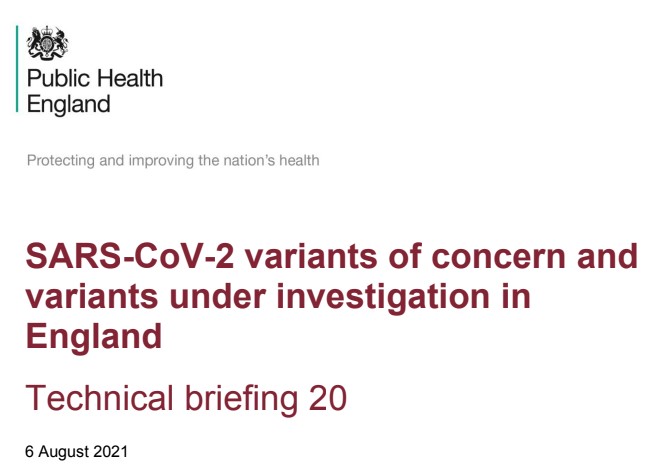All environmental decisions in New Zealand are to be based upon the precautionary approach first outlined as Principle 15 of the Rio Declaration 1992.
In order to protect the environment, the precautionary approach shall be widely applied by States according to their capabilities. Where there are threats of serious or irreversible damage, lack of full scientific certainty shall not be used as a reason for postponing cost-effective measures to prevent environmental degradation.
UN
Even if there is no scientific certainty one must not proceed if someone can assert a threat of serious or irreversible damage. Naturally “serious” is not defined and the threat does not need to be proven – it is only a threat.
[Prediction: This is embedded in the proposed RMA replacement and it will absolutely stop any development anywhere because objectors will be able to assert that the development will pose a serious threat to the mauri of the river or land or foreshore or lake and no one will be able to scientifically disprove this serious threat – but that’s a post for another day.]
Clearly, a precautionary approach is warranted under some circumstances:
New research shows a strong link between nitrate in drinking water and babies being born underweight or prematurely. …
“With anything like this, especially the impact on children, we need to take a precautionary approach.
“From a public health point of view, we would take a precautionary approach and make sure that we could try and have a lower limit, or at least aim to have our nitrate levels much lower than they currently are.”
Stuff
And, maybe throwing axes while consuming alcohol is not a good idea:
A Wellington axe-throwing business has been denied a liquor licence, with the regulator taking a better-safe-than-sorry approach.
“The committee considers it must take a precautionary approach having considered the evidence and viewed the premises,” the decision stated.
Stuff
And with the latest Delta lockdown:
“We are taking a precautionary approach to listing locations of interest, to ensure we track down as many people as possible who may have been exposed.”
Stuff
So, if this precautionary approach is so sacrosanct, why is it not applied to the vaccine roll-out?
The various side effects, up to and including death, from the vaccine have been well documented so it is not even an unknown threat. Why are the same authorities not treating this experimental procedure with an abundance of caution?
Why does the precautionary principle get side-lined here?
This document came to my attention:

Summarising Table 5 in that document gives this information:
| Variant | Status | Total | A&E visit | Deaths | Death % |
| Delta | Unvaccinated | 151,054 | 14,951 | 253 | 0.17% |
| Delta | Partially vaccinated | 101,948 | 5,288 | 87 | 0.09% |
| Delta | Fully vaccinated | 47,008 | 4,471 | 402 | 0.86% |
From Table 5
Yes, you read that right, five times more chance of dying from Delta if you have been fully vaccinated compared to not being vaccinated.
This is UK Government data, not crazy conspiracy theory numbers, so why is our government not listening? Why is the precautionary approach not invoked?
Answers on a postcard to … (Or use the comments section below – save the postage.)
Please share this article so that others can discover The BFD









